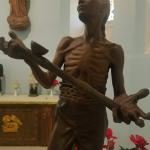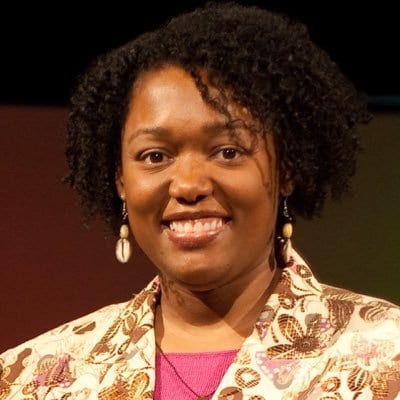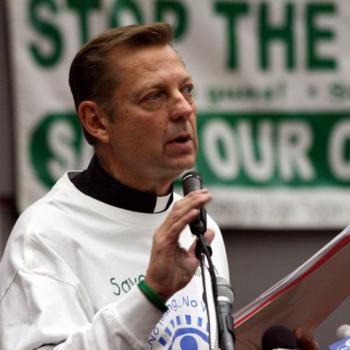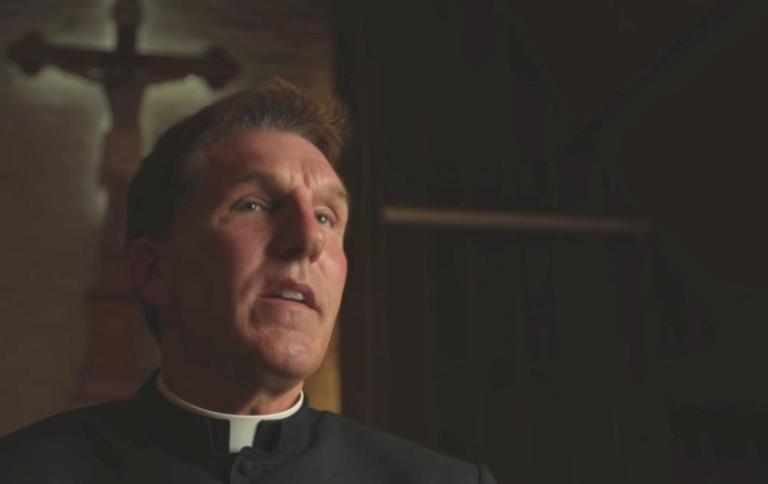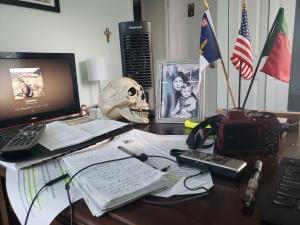
I’ll admit, at first I thought it was a little weird, maybe even a tad morbid, that Pauline Sister Theresa Aletheia Noble seemed to always be talking about death on Twitter.
“If it’s morbid to meditate on death then it’s morbid to face reality, to realize the truth of our sinfulness, and to accept the salvation that Jesus Christ has provided for us,” Sister Theresa told me in an interview last month for Our Sunday Visitor where we talked about her faith journey and her new Lenten prayer book, “Remember Your Death: Memento Mori Journal.”
Memento Mori is Latin for “Remember Your Death.”
As Sister Theresa told me, death is a reality of human life; a reality that you or I could face tomorrow, or even sooner. Nobody is guaranteed another day on this earth.
“Any day we spend not contemplating and preparing for that reality, even if it’s just for a moment, is a day wasted,” she said.
November, the month when we traditionally pray for the dearly departed and the holy souls in purgatory, is now almost a week in the rear-view mirror. We’re in a new liturgical year, walking the early path of our Advent journey in preparation for Christ’s birth. The Light of the World is coming, and we must get ready.
But as you get older and leave the young adult demographic behind for the relative stability of being a married middle-aged homeowner and parent, your sense of mortality deepens. You begin to realize that you’re not going to be around forever as all your friends turn 40. Your time on this earth is finite, and that can be a little scary to think about.
“We would be foolish not to fear death, at least in some sense,” Sister Theresa told me. “However, at the same time, St. Paul tells us that the Christian is called to see death as gain (cf. Phil 1:21). As gain!”
That old saying – “Everybody wants to go to Heaven, but nobody wants to die” – is true to a large extent. It speaks to a deep truth inside each of us: Life is good and should be cherished. Death was not part of God’s original plan. In “On the Incarnation,” St. Athanasius describes the disciples of Christ as those who “despise death.”
We can only “despise death” and lose our fear of it, Sister Theresa suggests, by meditating on our inevitable death regularly in the context of what Christ has done for us. The Second Person of the Holy Trinity died on a Friday afternoon. But on the third day, He became “the firstborn of the dead” in rising from the grave. He conquered death and walked out of the tomb. Death did not have the final word. Life did.
“In many ways, we have lost the eschatological context of our faith. And without that, our faith means nothing,” Sister Theresa said.
She was referring to the reality that this life – with its struggles and setbacks – is really preparing us for the next life, when we will see Christ face-to-face. Yes, we have to pass through a “valley of tears” that will eventually take us to the grave, but what’s on the other side is a new world, a new life, a new reality where Christ, the Blessed Mother, the Saints and our loved ones who have gone before are waiting for us with open arms.
That thought gives me comfort when I meditate on the hope that one day I will be reunited with my beloved relatives who have died, including my mother, all four of my grandparents, a cousin who was killed on Sept. 11, not to mention several other aunts, uncles, cousins and many ancestors I never met in this life.
Without the hope of eternal life that Christ promises us, a lot of things in this world, in my opinion, really wouldn’t make sense. Basing your life on love, kindness, loyalty, suffering, heroism, courage, truth and self-denial, among other virtues, would be foolish if everything ended the day your heart stopped. Why be faithfully married to someone for 60 years – with all the ups and downs and sufferings that marriage entails – if the bonds of love don’t transcend space and time?
In the final weeks of the liturgical year, many of the Mass readings and excerpts from the Office of Readings reflect that our physical world too will one day end. Eventually, the grandest, most ornate palaces become ruins. Great cities and civilizations rise, and fall. Decay is part of our common lot in life.
The redemption of creation, what life will be like in the New Jerusalem when there will be “no more mourning, or crying, or pain” (Revelations 21:4), is really beyond our powers of imagination or comprehension. But it does give one hope to remember that death is a portal to eternity, and that we have to be ready because we could cross that threshold at any time.
In compline, also known as Night Prayer in the Liturgy of the Hours, the final prayer before we retire for the evening foreshadows the sleep of death: “May the Lord grant us a restful night and a peaceful death.”
Said Sister Theresa, “We can die at any time! So, there’s no break from preparing our hearts, minds and wills for that reality. That might sound frightening, but in the context of our faith, preparation for death is about union with God, and nothing is more important for the Christian. Nothing is more desirable. Nothing brings us greater joy.”
It’s for that reason that I have taken a page out of Sister Theresa’s book and now keep a decorative skull on my desk. It reminds me that life goes on, but it won’t last forever. Memento mori.

